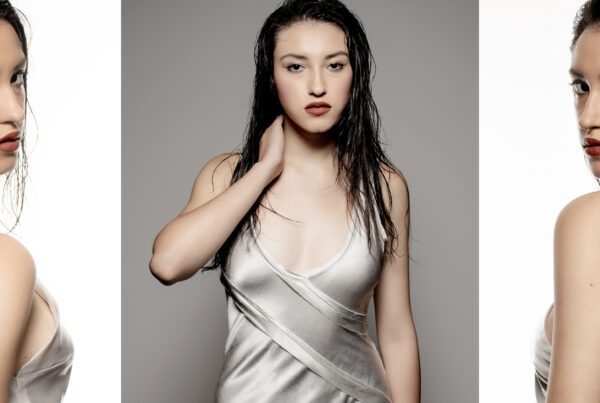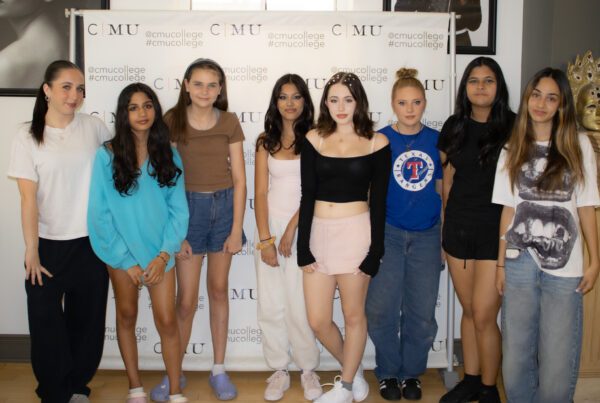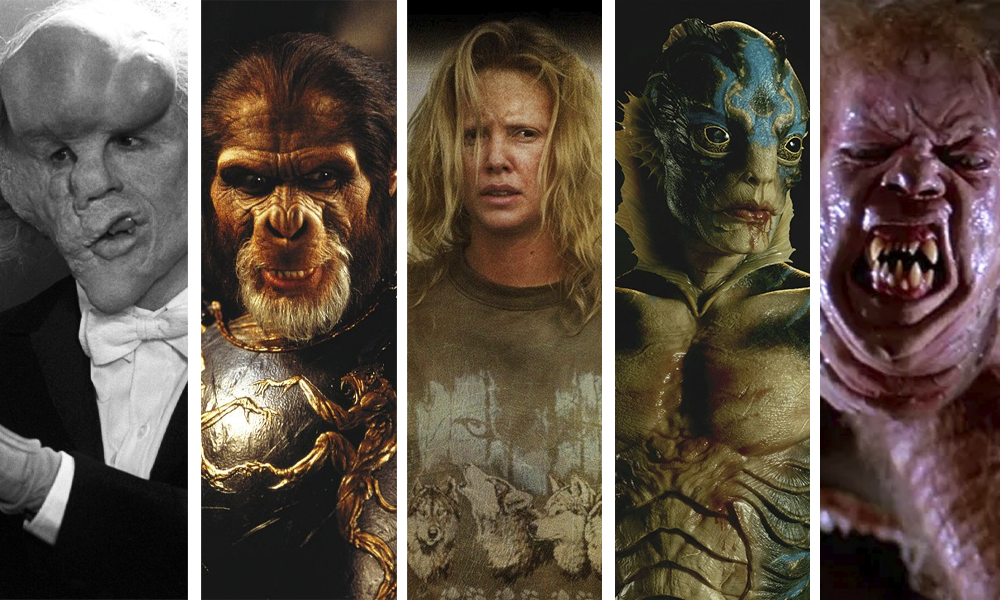
From The Curious Case Of Benjamin Button to Ma Rainey’s Black Bottom, over the past few weeks, we’ve highlighted five movies that have won an Academy award for their incredible makeup achievements. With the Oscars coming up this weekend, we’ve decided to list five more movies that we think should’ve been recognized at the Oscars for their contributions in makeup.
The Elephant Man (1980)
Directed by the legendary David Lynch, this film is based on John Merrick, man known for having severe deformities due to Proteus syndrome. To recreate the real life Merrick, makeup artist Christopher Tucker designed the prosthetics straight from Merrick’s body cast kept in the Royal London Hospital’s private museum. The makeup transformation, including fifteen layers of prosthetics, took seven to eight hours to put on and another two hours to remove.
We have The Elephant Man to thank for the existence of the Best Makeup Oscar category. The movie was nominated for 8 Academy Awards however, Best Makeup wasn’t one of them… because the category didn’t even exist at the time. After receiving widespread criticism that the movie’s makeup and special effects were not properly recognized, the Academy of Motion Picture Arts and Sciences introduced the Award for Best Makeup the following year.
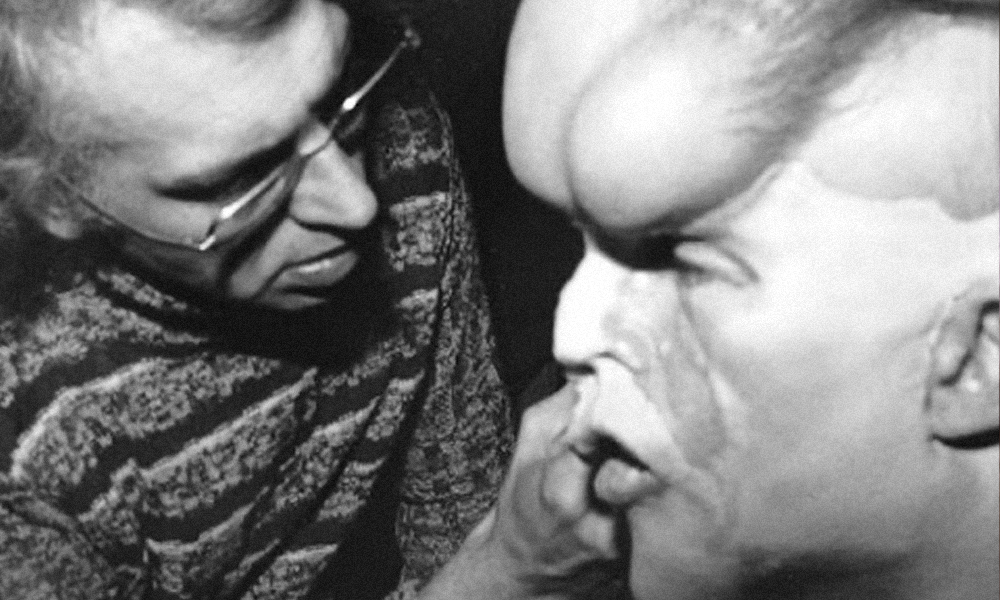 Christopher Tucker with John Hurt as John Merrick
Christopher Tucker with John Hurt as John Merrick
Planet of the Apes (1968 & 2001)
An incredibly successful franchise both at the box office and in the eyes of critics, the original movie released in 1968 and the remake in 2001 were groundbreaking in their use of prosthetic makeup in film. Both makeup artists, John Chambers who worked on the original 1968 and Rick Baker who worked on the 2001 version are legends who have changed the makeup process for film and TV industry.
Chambers is one of the few makeup artists to have a star on the Hollywood Walk of Fame. His work on cult classics like Planet of the Apes and Star Trek have changed the makeup application process for film. Although the film itself wasn’t nominated for best Makeup, Chambers received an honorary Academy Award for his work on the film. Later in his career, he worked with the CIA to create disguise kits and on the covert rescue operation ‘Canadian Caper’ which was later made into a book and Best Picture winning film, Argo in which Chambers is played by John Goodman.
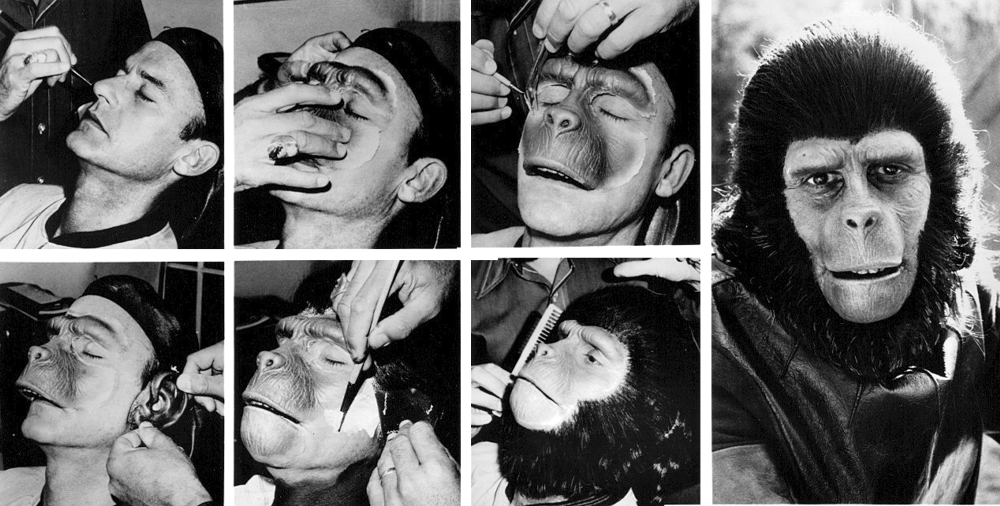 John Chambers showcasing the Ape transformation process on actor Roddy McDowall
John Chambers showcasing the Ape transformation process on actor Roddy McDowall
Baker on the other hand, is the most awarded makeup artist with seven Oscars for makeup under his name which include How the Grinch Stole Christmas, Men in Black and The Nutty Professor. He has also worked on Star Wars, Batman Forever, Maleficent and the music video to change all music videos, Michael Jackson’s Thriller.
2001 Oscar Nominees: Lord of The Rings: The Fellowship of the Ring (Winner), A Beautiful Mind, Moulin Rouge!
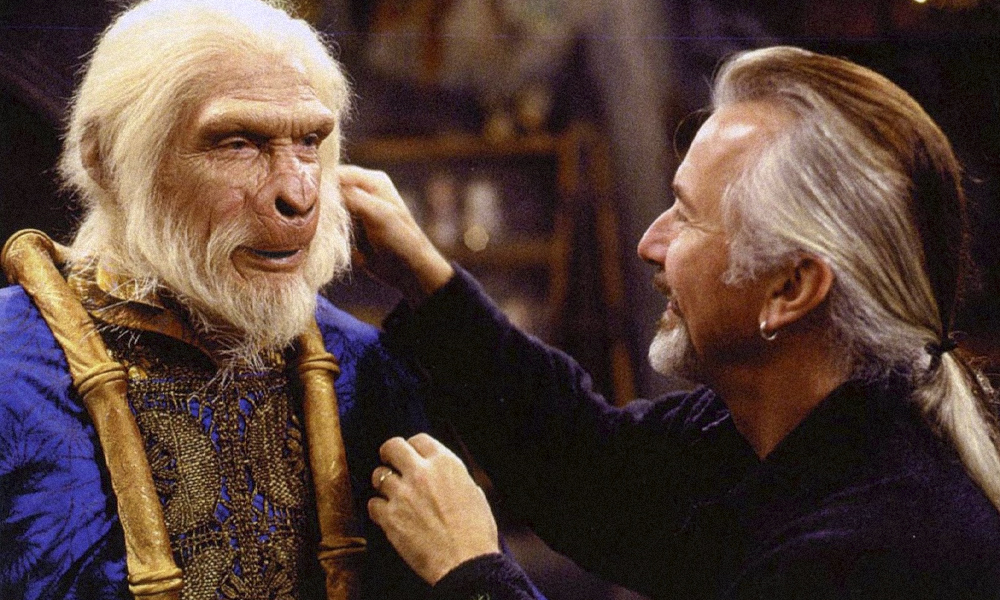 Rick Baker doing some touch ups on David Warner as Senator Sandar
Rick Baker doing some touch ups on David Warner as Senator Sandar
The Thing (1982)
In general, horror movies are widely ignored by the Academy and seldom see recognition at the Oscars despite their technical innovations in makeup artistry in particular. Even still, with its gruesome and terrifying use of prosthetic makeup, it’s surprising that John Carpenter’s cult classic escaped their attention on the nominees ballot. Makeup artist, Rob Bottin worked on the creature design and makeup SFX for this film for over a year. Bottin who was only 21 years old at the time was so dedicated to making sure everything was perfect that he was hospitalized for exhaustion, double pneumonia, and a bleeding ulcer. The movie featured intricate prosthetic application along with complicated puppet rigging to recreate realistic body explosions and arm amputation among others.
Although in its initial release, The Thing failed to connect with the audience and critics alike, it found great success years after its release. Despite its lukewarm reception, the film still managed to create a legacy for itself, due in large part to the use of prosthetics and makeup. Many acclaimed directors have credited The Thing as inspiration for their work and the film is now regarded as one of the top horror movies and a groundbreaking film for creature design and makeup SFX.
1982 Oscar Nominees: Quest for Fire (Winner), Ghandi
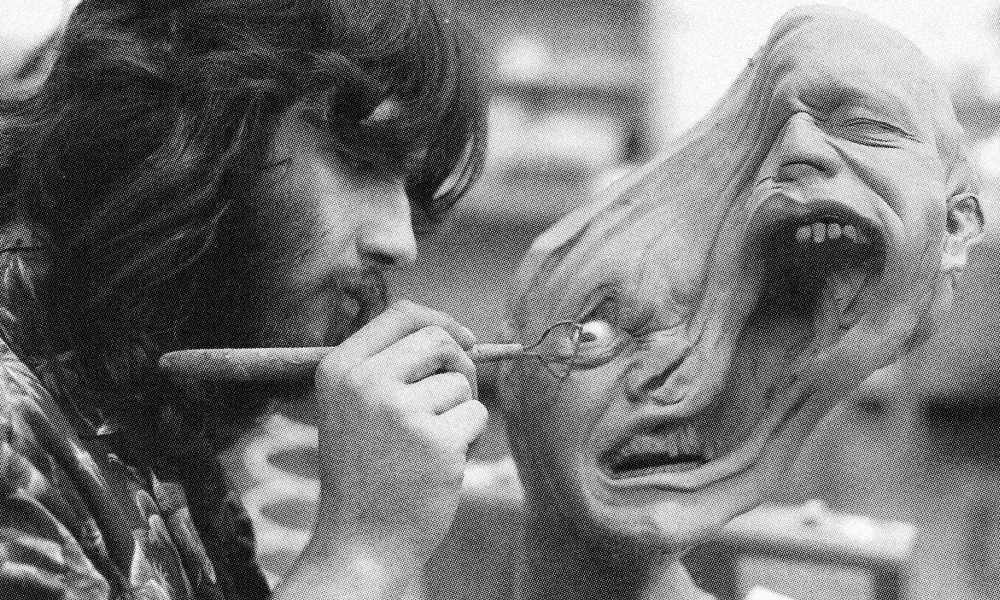 Rob Bottin working on one of the lifeforms of the Thing
Rob Bottin working on one of the lifeforms of the Thing
Monster (2003)
Charlize Theron doesn’t shy away from fully transforming herself for a role (see: Mad Max: Fury Road and Bombshell). Her role as serial murderess Aileen Wuornos in Monster is, in our eyes, one of her greatest immersions into a character. Theron deservedly won a Best Actor award for her portrayal of Wuornos but it is the absence of a Best Makeup nod that we find most puzzling. Although shortlisted for the category in 2003, the film and artists didn’t make the final cut in the nominations.
In a year of films full of prosthetics and elaborate makeup, Monster shows that a pair of teeth, skin discolouration and eyebrows can truly transform a person. Theron was very adamant about not using heavy prosthetics for the film as she wanted to get into the character naturally. She felt that had her transformation been prosthetics and a fat suit she wouldn’t have been able to fully understand who Aileen was and her journey. As a result, the only prosthetic used for her transformation were dentures to replicate Aileen’s crooked and stained teeth but also to push out Theron’s mouth slightly, making it appear wider and more like Aileen’s. To recreate Aileen’s damaged skin, Toni G, the makeup artist of the film used tattoo ink, hand-painting and airbrush techniques to add texture to Theron’s otherwise clear skin. Theron’s transformation is one highly regarded as one of the greatest transformations in movie history for both its subtle makeup application and Theron’s performance.
2003 Oscar Nominees: Lord of The Rings: The Return of the King (Winner), Master and Commander: The Far Side of the World, Pirates of the Caribbean: The Curse of the Black Pearl
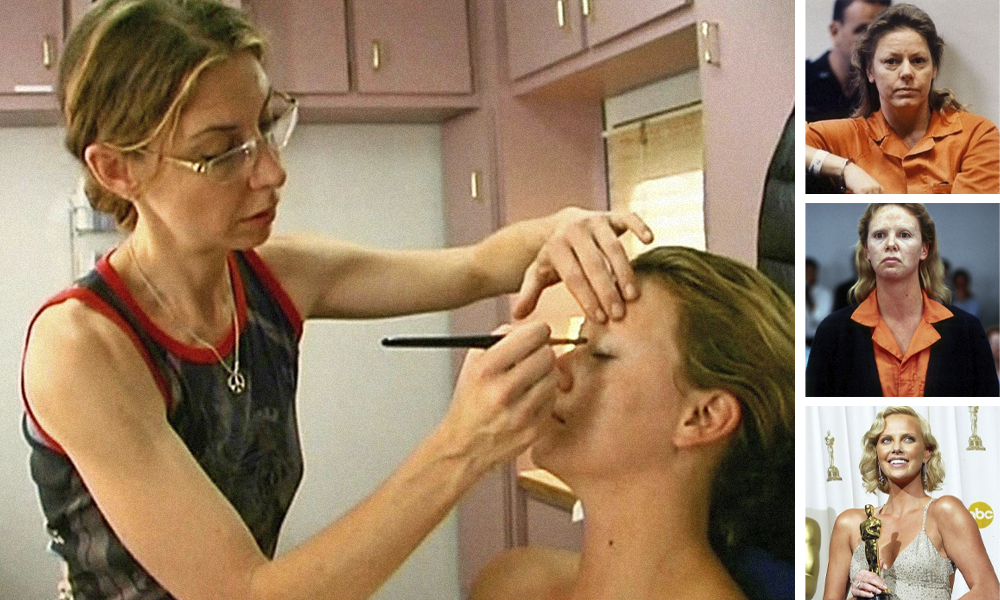 Left: Tony G. working on Charlize Theron / Right Top: Aileen Wuornos / Right Center: Charlize Theron as Aileen / Right Bottom: Charlize Theron with her Oscar for Best Actress
Left: Tony G. working on Charlize Theron / Right Top: Aileen Wuornos / Right Center: Charlize Theron as Aileen / Right Bottom: Charlize Theron with her Oscar for Best Actress
Shape of Water (2017)
After the makeup wonders that Pan’s Labyrinth achieved, it is no surprise that another of Guillermo del Toro’s movies would end up on our list. The Shape of Water had thirteen nominations and four wins including Best Picture, Best Director, Best Production Design, and Best Original Score at the 90th Academy Awards. Conspicuously absent from the nominations however was Best Makeup. The film wasn’t even shortlisted for the category that year.
Creature designer Mike Hill, Legacy Effects Supervisor and co-creature designer Shane Mahan, and visual effects supervisor Dennis Berardi created a creature masterpiece with their work on “The Amphibian Man”. To create and perfect a leading creature-man that audiences could fall in love with, del Torro spent over 3 years working with sculptures. In the end, the suit was molded with foam latex with some silicone areas to add translucency to the fins, remote controlled gills and invisible paint created by Mahan which helped create bio-luminescent effect when under certain lights.
Ultimately, the movie wasn’t nominated or even shortlisted for an Oscar due to its use of augmented digital effects that enhanced the creature’s design. For example, the eyes of the creature was made with resin and therefore had to be digitally enhanced to make it blink. Despite losing out on an Oscar nomination, Mahan stands by the decision to use CGI alongside traditional makeup application. He believes that had they gone 100% CGI or fully practical application, the creature wouldn’t have been as realistic and wouldn’t have aged as well as it will.
2017 Oscar Nominees: Darkest Hour (Winner), Victoria & Abdul, Wonder
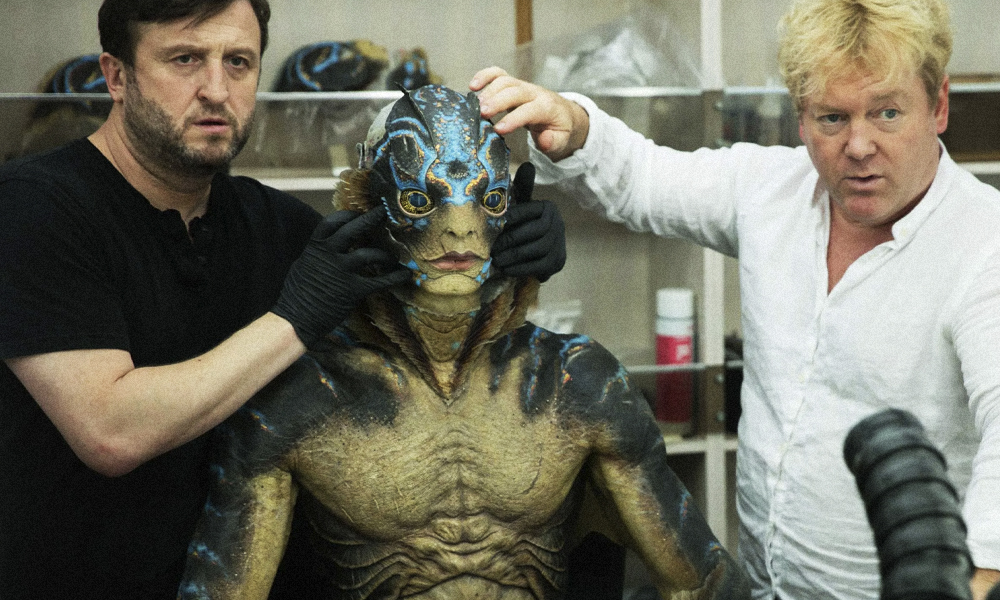 Mike Hill (left) and Shane Mahan (right) had to help Doug Jones (center) behind the scenes during the filming of The Shape of Water.
Mike Hill (left) and Shane Mahan (right) had to help Doug Jones (center) behind the scenes during the filming of The Shape of Water.
With so many movies released each year, we’re sure that it is no easy task to choose just a hand few of movies to represent the best makeup of the year. In fact, it wasn’t until 2019 that the Academy expanded the category from three to four nominations. As makeup and technology continue to evolve, the limits of their use for transforming actors move further and further away.


